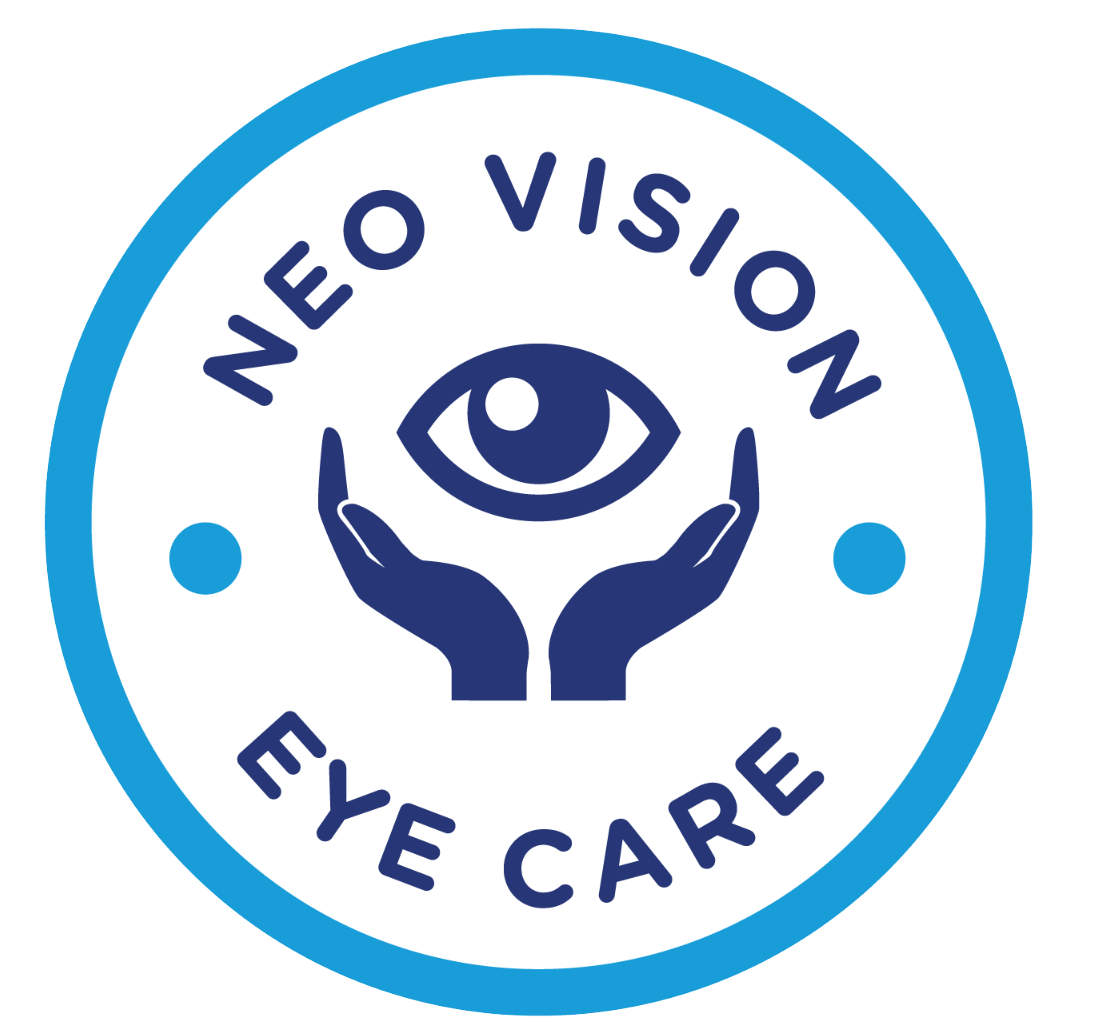Having clear vision is crucial for just about every activity in our daily lives. Whether we are reading a book, driving a car, or working on a computer, our eyes are constantly in use. Clear vision enhances our ability to interact with our surroundings and helps us enjoy life to the fullest. However, not everyone understands the reasons behind blurry or strained vision, which often links back to refractive errors. These errors are common misconceptions when people think they just need glasses to see better without realizing the underlying issues. It’s essential to grasp these concepts to make informed choices about vision correction.
Decoding Refractive Errors
Refractive errors occur when the eye does not bend light correctly. This misalignment results in blurred vision. Imagine the eye as a camera. For a camera to capture sharp images, the lens must focus light onto the film. Similarly, a healthy eye focuses light directly onto the retina. However, eyes with refractive errors bend light inaccurately, causing images to appear blurry. Understanding the difference between a healthy eye and one that struggles with these errors can simplify our understanding of vision correction.
How the Eye Focuses Light Naturally
Our eyes work like finely tuned machines. The cornea and the lens work together to focus light, allowing us to see clearly at various distances. This ability is known as accommodation. Our eyes adjust focus depending on whether we are looking at a nearby object or something far away. There are myths about how this process works, like assuming squinting helps improve focus long-term. In reality, squinting only helps temporarily by narrowing the amount of light entering the eye.
Understanding Different Types of Refractive Errors
There are several types of refractive errors:
- Myopia or nearsightedness occurs when distant objects appear blurry. This happens when light focuses in front of the retina rather than on it. It often leads people to hold books close to their face or sit near the TV.
- Hyperopia, also known as farsightedness, is when close objects look blurry because the light focuses behind the retina. People with hyperopia may find it difficult to do tasks like reading or sewing.
- Astigmatism requires the eye to process distorted images at all distances due to an irregularly shaped cornea or lens. People may notice wavy lines or appear as if looking through a warped glass.
- Presbyopia is an age-related condition where the lens becomes less flexible, making it difficult to focus on close objects. This often becomes noticeable in the early to mid-40s.
Understanding these different types of refractive errors is the first step to correcting them. The impact they have on daily life, from reading menus to driving, highlights the necessity of proper diagnosis and treatment.
Spotting Symptoms: Identifying Refractive Errors
Identifying refractive errors early is key. Here are some common symptoms to look out for:
- Blurry vision when looking at objects
- Eye strain from reading or screen use
- Headaches, especially after concentrated visual tasks
Recognizing these signs early makes a significant difference in managing them. For children, symptoms can look different. They might squint, have trouble with schoolwork, or frequently rub their eyes. For adults, headaches and eye fatigue are more common.
Detecting Refractive Errors: A Guide to Eye Exams
A standard eye exam can easily detect refractive errors. During an exam, an eye doctor uses various tests to evaluate eye health and vision clarity. Regular screenings are crucial. Adults should have an eye exam every couple of years, while children should also have regular check-ups, especially if they’re showing symptoms. Imagine a child struggling in school because they can’t read the board. A simple eye check could make all the difference.
Exploring Vision Correction Techniques
Once refractive errors are identified, various vision correction techniques are available:
- Eyeglasses are the most common choice, offering a wide range of styles and materials to suit personal preferences.
- Contact lenses give the same clarity but allow for a full field of vision. They’re convenient for sports and active lifestyles but require careful handling.
- Lasik and other surgeries are options for those who want a permanent solution. These procedures reshape the cornea to reduce or eliminate the need for glasses or lenses.
- New technologies like Ortho-k (orthokeratology) use special night-worn lenses to temporarily reshape the cornea and correct vision during the day.
Choosing the right method depends on lifestyle, preferences, and the type of refractive error.
Living with and Managing Refractive Errors
Managing refractive errors involves more than just picking the right lenses. Here are some tips:
- Maintain a healthy lifestyle with a good diet and regular eye exercises to promote eye health for all ages.
- For children, encourage regular outdoor play to slow the progression of nearsightedness.
- Address any digital eye strain by following the 20-20-20 rule: every 20 minutes, look 20 feet away for 20 seconds.
Debunk myths like “reading in dim light ruins your eyes.” It can cause strain but doesn’t lead to permanent damage. Parental strategies should include regular eye exams and monitoring children’s screen time to avoid strain.
Conclusion: Embrace Clearer Vision
Understanding refractive errors can transform how we approach eye health. Regular eye check-ups are vital to catch issues early and prevent them from impacting our lives adversely. By sharing this knowledge, we can ensure everyone benefits from better eye health awareness, leading to a community with clearer, healthier vision.
Consult with our eye care specialist today at Neo Vision care and consider sharing this guide to encourage awareness of eye health!


